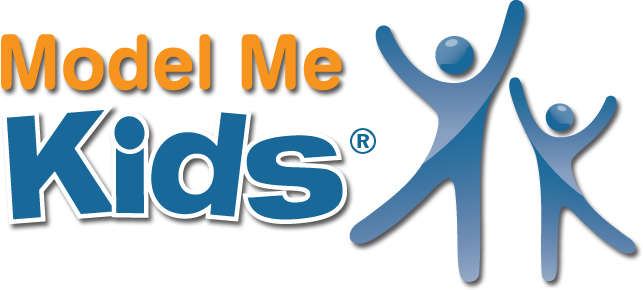Video modeling is a powerful and effective tool for teaching individuals with autism a wide range of skills, including social and communication skills. Generalizing these skills from the video-based learning environment to real-life situations is an important aspect of the learning process.
Generalization of Social Skills
To enhance the generalization of skills taught through video modeling, several strategies can be employed:
Diverse Examples and Settings: Use video modeling teaching tools that include a variety of examples and settings that mimic real-life situations. This diversity helps individuals with autism generalize the learned skills across different contexts.
Realistic Scenarios: Ensure that the scenarios depicted in the videos are realistic.
Peer Involvement: Incorporate videos that involve real peers engaging social interactions with others. This thereby helps individuals with autism observe and learn appropriate social behaviors within the context of typical social exchanges.
Gradual Complexity: Start with simple and concrete examples in the video models, gradually increasing the complexity of scenarios. This incremental approach also allows for a smoother transition from the video setting to real-life situations.
Interactive Learning: Encourage interactive learning by pausing the video at key points to discuss and practice the skills with the individual. This active engagement enhances the transfer of skills from the video to the actual environment.
Generalization Prompts: Introduce generalization prompts within the video content, explicitly addressing how the skills shown can be applied in different situations. This helps individuals connect the learned behaviors to a broader range of contexts.
Real-life Practice Opportunities: Provide ample opportunities for individuals to practice the skills learned in the videos in real-life settings. Moreover, consistent and varied practice reinforces the generalization of skills over time.
Family and Community Involvement: In addition, engage family members, caregivers, and community members in the learning process. For example, encourage them to reinforce and support the application of skills outside the structured learning environment.
In conclusion, by incorporating these strategies, video modeling can be an even more effective tool in promoting the generalization of social skills for individuals with autism, fostering a smoother transition from the instructional setting to the complexities of everyday life.
Model Me Kids, LLC
Videos for Modeling Social Skills
www.modelmekids.com


